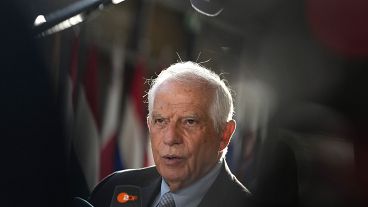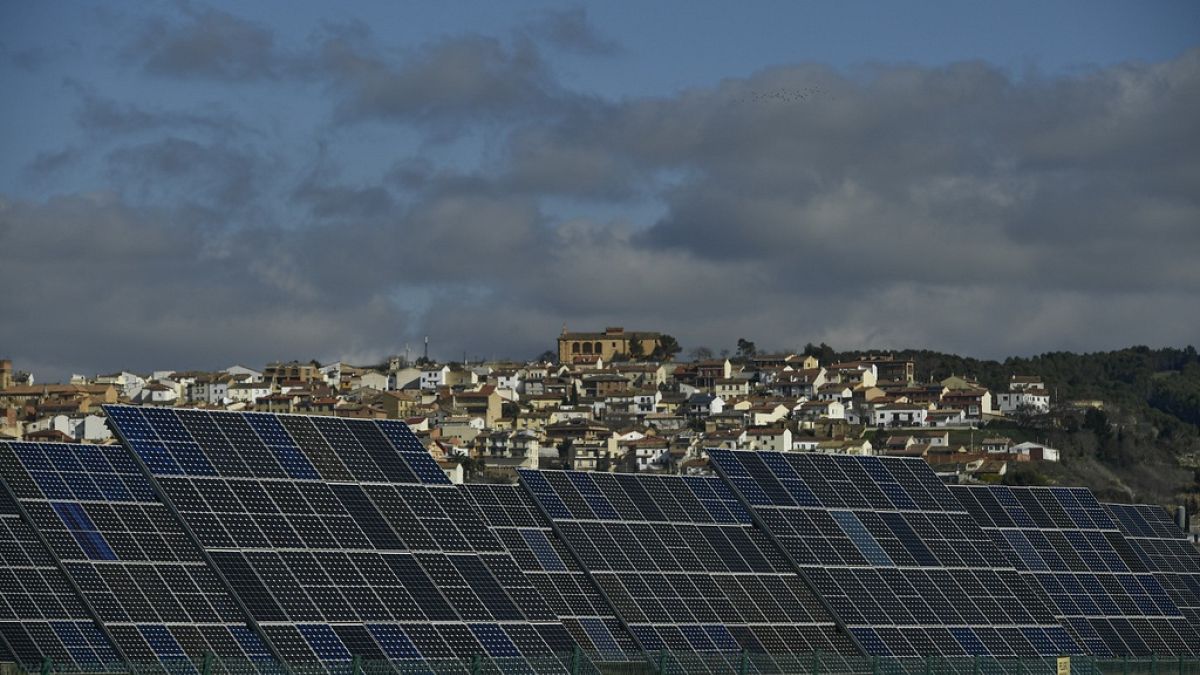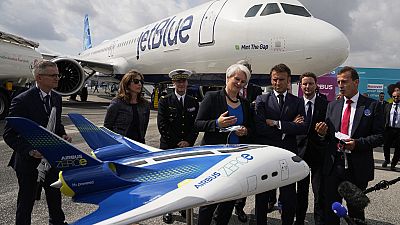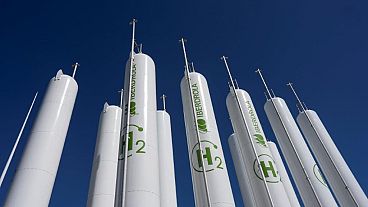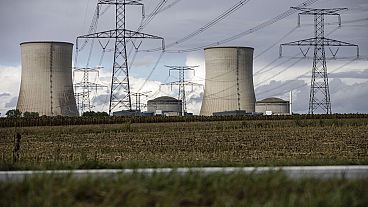The European Court of auditors claims European Commission targets to deploy 'green' hydrogen to meet emissions targets are unrealistic, but the executive remains bullish.
The European Commission is sticking to a goal of ramping up ‘green’ hydrogen production from almost nothing to millions of tonnes a year by 2030 despite the European Court of Auditors (ECA) concluding today (17 July) that the target looks more aspirational than realistic.
“The EU is unlikely to meet the targets it set for 2030,” lead author Stefan Blok told reporters ahead of the publication of an ECA report into EU hydrogen policy. “As a result, four years after the publication of the Hydrogen Strategy, we are calling for a reality check.”
The highly flammable gas has been touted as a ‘green’ feedstock and fuel that could slash emissions in areas as diverse as steel production, aviation and home heating. The REPowerEU plan hastily drawn up two years ago in the weeks after Russia’s invasion of Ukraine included a substantial increase in targets both for domestic production and imports.
“The Commission stands by the ambition to produce 10 million tonnes of renewable hydrogen within the EU and import 10 million tonnes of renewable hydrogen by 2030, but recognises the challenges in scaling up the hydrogen value chain,” a spokesperson told Euronews.
But the Luxembourg-based budget watchdog, which oversees efficient use of the EU’s resources, concludes in its report that the targets were “driven by political will rather than being based on robust analyses”.
Blok said the EU executive should scrap its current targets not only because there is too little time for investors to deploy the production infrastructure, but because there is currently no use for such a huge volume of hydrogen. “Demand…will not even reach the 10 million tonnes by 2030, let alone the 20 million tonnes envisaged by the Commission,” he said.
But the EU executive is standing by its target, and has rejected the ECA’s recommendation to redraft the Hydrogen Strategy dating from 2020, even though the union has already missed the 2024 goal of deploying 6 gigawatts of electrolysers (which use electricity to split water into hydrogen and oxygen; if the electricity is green, so is the hydrogen).
“The reality is that the Commission has played a critical role in stimulating the development of the hydrogen market in Europe,” the Commission said. “And there are many projects hitting the ground, and funding flowing from different sources, as should be the case.”
Despite its bullish view, all three scenarios in the Commission’s impact assessment for a 2040 emissions reduction target assumed total production of just over 3 Mt by the end of the decade – enough to meet existing legally binding targets for the uptake of synthetic transport fuels.
Rheanna Johnston, a policy specialist with the climate think tank E3G, took this as an acknowledgement by the EU executive that its own target was too high and said the EU auditors’ call for a reality check was “timely and sensible”.
Hydrogen is mostly produced from natural gas, a process that releases greenhouse gas equivalent to 10-14kg of CO2 for every kilogramme of H2 produced.
The gas industry has been a vocal advocate of ‘blue’ hydrogen production, where the CO2 is captured and either used or pumped into permanent storage. Other ‘low-carbon’ options include using nuclear instead of renewable power, and the ECA called on the Commission to finalise a legal definition.
“Hydrogen, including possibly low-carbon hydrogen, will probably need to play a role for decarbonising industry like steel or certain chemicals, as green H2 still remains scarce, but the definition needs to be ambitious to make sure this actually leads to emissions reductions,” Johnston said.
Hydrogen Europe, a trade association representing a broad range of companies with a stake in the fledgling hydrogen market, welcomed the ECA’s call to adopt the criteria for low-carbon hydrogen.
CEO Jorgo Chatzimarkakis complained that the EU executive had already taken too long to legally define renewable or green hydrogen, and that the rules were “overly complex, deferring important investments into the sector”.
“While some member states want to develop low-carbon hydrogen, the Commission appears stubbornly against creating a framework that will boost its use,” he said.

